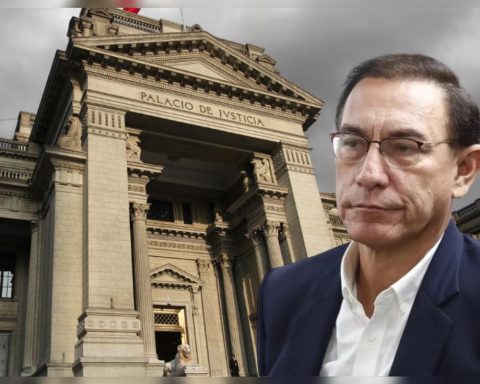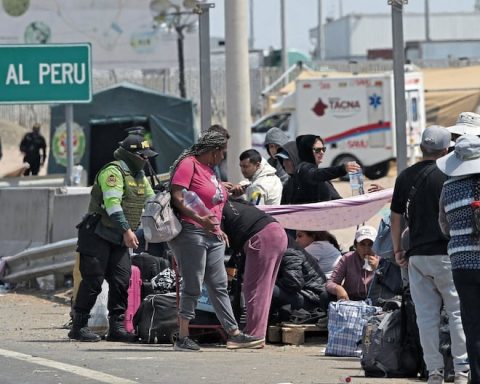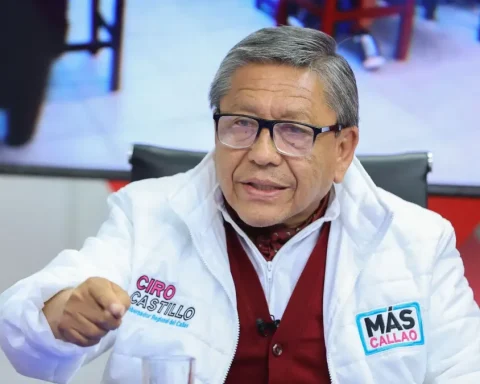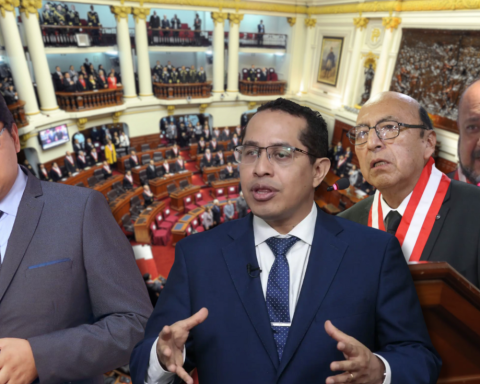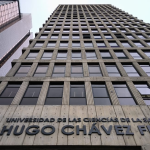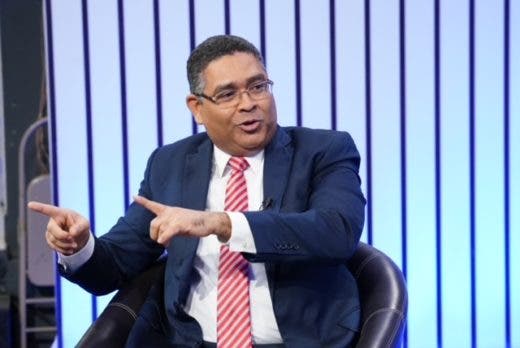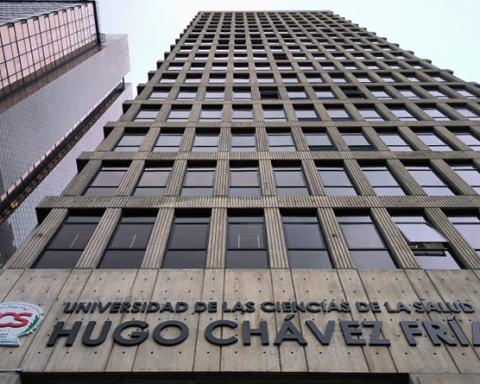diego macerageneral manager of IPE, participated in CADE 2022 and spoke with Peru21.TV on the effects that the country is suffering from the political crisis, as well as on the risks that lie ahead for 2023.
What could be the effect for Peruvians and the country if there were no solutions to this political crisis? What would await us in 2023?
We are already experiencing a scenario of slowing economic growth. This year we will probably grow close to 3%, maybe 2.9%, but the conditions were right for us to grow a point and a half or two more points. That means fewer formal jobs, fewer people who can return to the middle class, which they left in the pandemic. There is a good part of the population, informal, independent, with real income, 12% or 13% below the pre-pandemic (…). The underlying problem is that our GDP potential, that is, the speed at which the economy can grow using all factors, has been significantly reduced.
Could partially resolve this political crisis contribute to better public management and take actions to raise potential GDP?
There is a direct management issue. At the end of October we had reached more or less half of the executed budget for public investment; we had practically the other half left, just two months before the end of the year. This not only has consequences on the speed of growth, but also on the closing of gaps. That is the central cost of not making public policy: that the citizen does not access the service that he should. On the other hand, these moments of uncertainty are reflected in expectations of business confidence, even in the confidence indices of families, which are at historical lows, and this translates into less investment, less consumption, less work, and that means less taxes. The risk is to anchor ourselves in extremely mediocre growth levels.
Which sectors would be the most vulnerable to external factors in 2023?
We have had a reversal in the terms of trade, that is, in the value of exports compared to our imports in recent months. We no longer have copper at US$4.5 or US$4.6 per pound, which was what we had before. We are now closer to US$3.4. It is a good price, but not like at the beginning of the year. More than the external factor, what has determined the poor performance of mining production has been the stoppages motivated by social conflict. When one reviews the corrections that have been made to the GDP this year, the primary GDP, which is closely linked to mining activity, has had to be corrected downwards by Cuajone and Las Bambas (…). This boost that we have had of economic recovery after the pandemic will not last forever. We need reforms, trust and investment because 2023 is coming more complicated than 2022. So, to correctly face a globally more difficult year, we need more confidence to invest here.
What are the signs or actions that could cause us to grow less than expected in 2023?
Perhaps a structural issue of greatest concern in recent months has been this advance in Agenda 19 in the labor field. There are different measures, but the most recent, the one that is most discussed, is the (limit to) outsourcing. Beyond mining, the labor field is absolutely transversal to all sectors and has a fairly rapid impact on hiring decisions, on how I am going to manage my staff next month or year to the extent that I am uncertain about how they will leave to apply this or that reform, this or that supreme decree. Perhaps where the most damage has been done to expectations is in this field of labor regulation, and the impact is extremely rapid.
Regarding inflation, what are the expectations for 2023?
Globally, 2023 is expected to be a year in which inflation start to drop gradually. We have already seen that the vast majority of commodities are returning to levels a little higher than what they had in the pre-pandemic. Everything points to the fact that many of the initially supply problems that we had had are beginning to dissipate and on the demand side, which has been another of the structural factors that have determined inflation. That will probably also start accessing from next year. So, the expectation is to return to the target range of the Central Reserve Bank, from 1% to 3% inflation, by the end of next year.
Data
- Diego Macera is an economist trained at the Universidad del Pacífico and has a master’s degree in public policy from the University of Chicago. He is currently the general manager of the Peruvian Institute of Economy (IPE) and a member of the board of the Central Reserve Bank of Peru (BCR).
- “Next year should be globally more difficult than 2022, which in turn was more difficult than 2021, but even so, Peru, given its macroeconomic strength, should be able to grow more”, he maintains.
![[Entrevista] Diego Macera: "2023 is more complicated than 2022" [Entrevista] Diego Macera: "2023 is more complicated than 2022"](https://latin-american.news/wp-content/uploads/2022/11/Entrevista-Diego-Macera-2023-is-more-complicated-than-2022.jpg)
